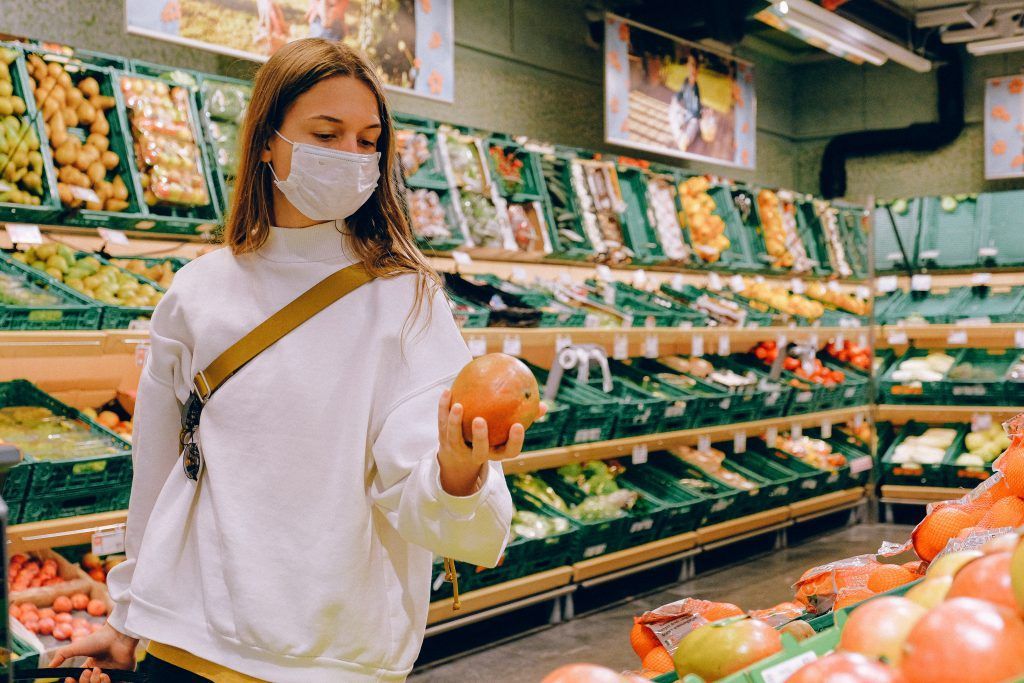
Public health experts seem to be in agreement that not only is the COVID-19 virus here to stay but that there will likely be a surge in reported cases this coming fall.
“The question is not if, but when a surge will occur,” said Dr. Rutul Dalal, medical director of infectious diseases for UPMC Susquehanna. “COVID-19 will come back. What we also don’t know yet is the magnitude. The U.S. should be better prepared next time. The problem is that it will likely return during flu season, causing a dual attack.”
Dr. Douglas A. Spotts, chief health officer of Meritus Health in Hagerstown Maryland, believes a fall spike will occur if the virus remains as virulent as it is at present.
“We can suppress it without the type of closing down that we experienced for three months if we collectively ‘follow the rules’ and guidelines set forth by our public health officials,” Spotts said. “We may not have a spike if the virus weakens in its virulence. This sometimes happens with viruses because if you think about it, it is not in the best interest of a virus’s survival to ‘kill all of its hosts’.”
An accurate percentage of the rate of a fall spike is hard to gage, Spotts said, as there are still too many unknowns. But widespread testing and contact tracing will help decrease the level of resurgence in the fall “and keep our society and economy opened safely,” he added.
Other factors, such as recent civil rights protests, may also increase the likelihood of a fall COVID-19 surge.
“There is lots of yelling and lots of people in close proximity. Also, people in rural counties may pick up the virus in cities while protesting and bring it home with them,” Dalal said. “This will likely cause a mini surge.”
Spotts believes the pandemic is not over. Too many “known unknowns” about the virus make it hard to predict, he said.
“What I know for sure is that we will be managing this for the next nine to12 months until a vaccine is approved and widely distributed or herd immunity achieved – whichever happens first,” Spotts said.
When a vaccine is available, it first will be given to health care workers, first responders and the most vulnerable, such as elderly patients in nursing homes. Until then, Spotts said a cautious reopening should occur – social distancing, masks, hand washing and so on.
“These are all things that our American, independent society is not very good at doing; as witnessed by recent events,” he said.
When will a COVID-19 vaccine become available?
Another pressing concern for the general public is how soon a vaccine for the virus will be available. In a recent interview with the Journal of the American Medical Association, Dr. Anthony Fauci, director of the National Institute of Allergy and Infectious Diseases, said there should be a significant number of doses of the COVID-19 vaccine available by the beginning of 2021.
“We hope to have a couple hundred million doses,” he told the journal.
Phase 3 of both Moderna and Astra Zeneca vaccines are set to begin in July, with Johnson & Johnson expected to begin by the end of Summer. Successful creation of a meaningful number of doses, while ambitious, would certainly be possible.
Dalal added that the efficacy of a potential COVID-19 vaccine will be approximately 45-50%, which is similar to current flu vaccines. If a person does become infected after having received the vaccine it should decrease the severity. Recovery of those infected takes approximately 3-4 weeks, depending on severity, with fatigue as the most noticeable symptom.
Where are we now?
Lycoming County, and much of the surrounding region, recently moved into the Green Phase but what does this actually mean?
According to a recent update posted online, Gov. Tom Wolf’s office said certain restrictions are still in place:
- Continued telework strongly encouraged
- Businesses with in-person operations must follow updated business and building Safety Requirements
- All Businesses Operating at 50% Occupancy in the Yellow Phase May Increase to 75% occupancy
- Child care may open complying with guidance
- Congregate care restrictions in place
- Prison and hospital restrictions determined by individual facilities
- Schools subject to CDC and Commonwealth guidance
- Large gatherings of more than 250 prohibited
- Masks are required when entering a business
- Restaurants and bars open at 50% occupancy
- Personal care services (including hair salons and barbershops) open at 50% occupancy and by appointment only
- Indoor recreation, health and wellness facilities, and personal care services (such as gyms and spas) open at 50% occupancy with appointments strongly encouraged
- All entertainment (such as casinos, theaters, and shopping malls) open at 50% occupancy
- Construction activity may return to full capacity with continued implementation of protocols
- All business must follow CDC and DOH guidance for social distancing and cleaning
- Monitor public health indicators, adjust orders and restrictions as necessary
How will life change post COVID-19?
Spotts believes that sports and large gatherings are likely to be very different than they were before the pandemic.
“I think the silver lining to come out of this is that the U.S. has a better funded public health infrastructure regardless of politics and wearing masks, especially during flu season, and especially in crowded places such as planes, trains and public spaces. The thought that you are protecting others may become a societal norm. We may forgo hugs and (shaking hands) in flu season but not forever. We hopefully will all be washing our hands much more vigorously and for at least two rounds of ‘Happy Birthday!’ ”



